Toyota Sienna: A Home Away From Home
by The Car Family
for more reviews to https://www.motorists.org/tag/the-car-family/
Minivans for families need to have room for at least six, an abundance of active safety features, reasonable gas mileage, and offer a plethora of options that make it a home away from home. To this end, the Toyota Sienna excels. Add to that its high resale value and proven reliability and you have a van for all seasons that is family worthy.
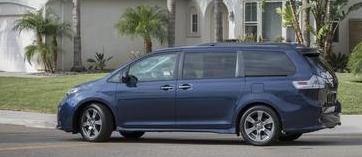
Mom’s view: This is a big van that is easy to park and does not frustrate you with fancy electronics. It comes standard with automated emergency braking, lane-keeping assist, forward-collision warning, lane-departure warning, lane-keeping assist, automatic high-beams, and adaptive cruise control as part of Toyota’s Safety Sense (TSS) that also puts drivers in contact with emergency responders.
Options include all-wheel drive and a rear-seat entertainment system. One negative is that the second-row captain chairs are cumbersome to remove. On the other hand, they are very comfortable. Getting in and out is easy even wearing a dress and the low rear door opening makes it handy to load.
I think there is great value in the Sienna as you get so many useful features such as an Entune infotainment touchscreen, heated, power-adjustable exterior mirror sand power-adjustable driver’s seat as well as self opening sliding rear doors and cargo hatch with prices starting in the low $30,000 range and extending into the $40,00 bracket as you upgrade. However, even the base model is flush with safety items.
The Sienna’s center console on our $42,055 XLE had ample space but was very deep so retrieving material is best done while stopped. There are plenty of other storage areas and cupholders. The tray in front of the center console Is ideal for holding a purse. In other words, the Sienna is as handy and useful as a minivan can be.
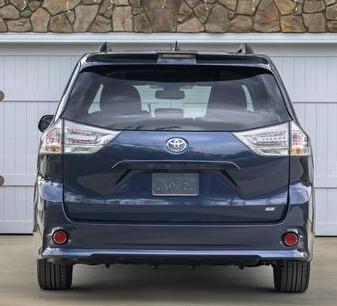
Young man’s view: You can order a Sienna with a rear dual-view 16-inch widescreen display that also two different types of media to be watched at the same time such as games and movies and content can be streamed from an Android device. Our test vehicle had the Wi-Fi hotspot 4G LTE. If that isn’t enough there are also a plethora of USB charging ports. Perhaps the most interesting feature is called Driver Easy Speak that enables the driver to overtalk any device through the sound system. Perfect for settling the children down or pointing out interesting things do all the passengers. The Sienna also offers Sirius XM and optional audio features such as a 10-speaker JBL stereo. Our test vehicle’s navigation system proved difficult to navigate at first and the seven-inch monitor and small control buttons were difficult to see at times. Nonetheless, this is as close to a command center that you can get in this price range.
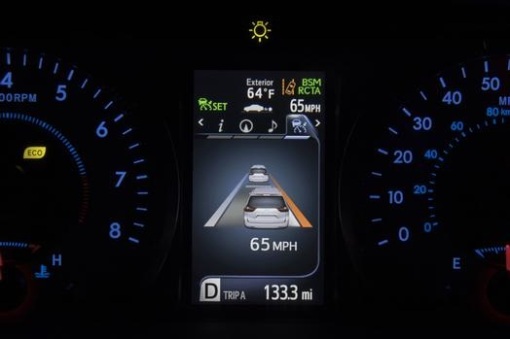
Working woman’s view: Standard three-zone climate control keeps temperatures even despite the large interior space. The sunroof is small but provides needed ventilation. The rear side vents open and there were screens on the back window of our test vehicle to provide privacy and reduce heat from the sun. Of note is the extra cost availability of a special seat that extends outside the Sienna to help a handicapped person exit and enter more easily. The cost is significant but truly makes the Sienna perfect for those in need.
Dad’s view: The Sienna has a 296-hp 3.5-liter V-6 with 263 lb-ft of torque and direct fuel injection. That is plenty for a family oriented vehicle and yields an EPA 20 mpg average which isn’t bad for an all-wheel-drive van and with the 20-gallon gas tank provides the possibility of 400 miles before refueling.
The eight-speed automatic transmission hunts a bit on hills as it would rather stay in the highest gear. It isn’t troubling, but more annoying until you get used to it. The van comes with a maximum tow rating of 3500-pounds. The brakes are fine and steering is easy as most minivan drivers like. In other words, this is a typical family-oriented vehicle that treasures safety and utility. The big plus with the Sienna is that it is offered with the all-wheel-drive system that yields better traction for those living where this is needed.
Seating is interesting in that the second-row captain chairs are very comfortable and recline and slide back if more legroom is needed. The negative side is that they do not fold into the floor as some of the competitors do. The seats do offer a unique way of folding out of the way. However, the third row seats do fold into the floor that enables the Sienna to offer a huge, flat cargo bay capable of carrying an eight by four-foot piece of plywood. There is150 cu.ft. of maximum space with the seats removed. The bottom line for me is simple. The Sienna is the best, most useful minivan on the market based on resale, reliability, and safety features.
Family conference: The Toyota Sienna is a workhorse that can be equipped for most family needs from a third row of seats to all-wheel drive. It is loaded with standard safety features and has enough power and cargo space for most uses. We highly recommend it for the family that needs a vehicle that can do it all.
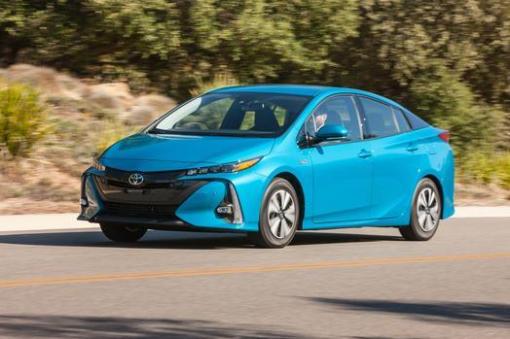
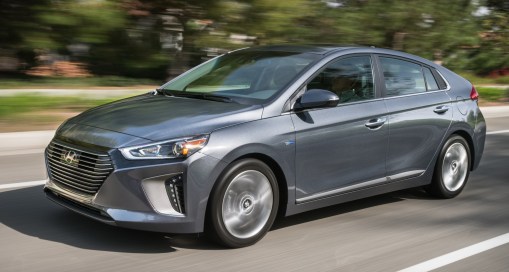
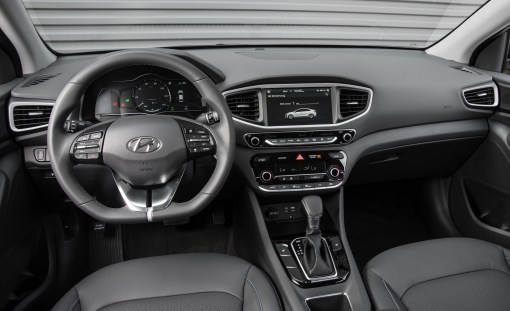
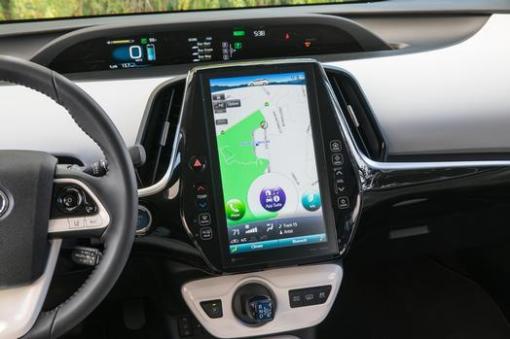
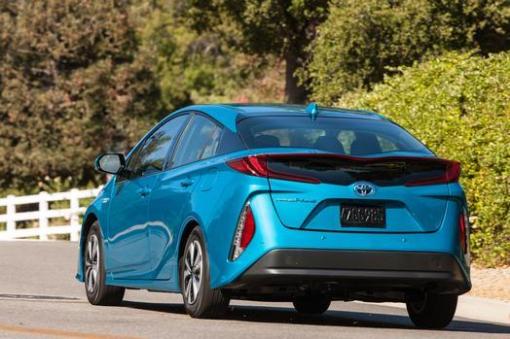






You must be logged in to post a comment.